English version at the bottom of the page.
La Birmanie est une véritable mosaïque de minorités ethniques. Peut-être la plus grande diversité au monde. 135 groupes sont recensés et une centaine de langues et de dialectes différents. Des évaluations convergentes estiment que les « minorités ethniques » (appellation qui regroupe l’ensemble des groupes n’appartenant pas à l’ethnie majoritaire bamar) représentent environ un tiers de la population, des 55 millions d’habitants que compte le pays.
Dans l’état Shan aux portes de Kentung vivent plusieurs ethnies dont les Ann. Ce peuple est animiste, il croit aux esprits et ne connaît pas l’écriture.
Les dents noires des femmes sont surprenantes. Elles sont recouvertes de laque indélébile, récoltée de la sève d’un arbre. Un autre signe de distinction par apport aux autres ethnies de la région est leurs vêtements noirs.
Je les avais recontrés en 2000 à l’occasion d’un premier voyage. Rien a changé ou prèsque. Seuls les toits qui étaient recouverts de palme sont maintenant en tôle ondulée. Ce n’est pas un véritable progrès en terme « esthétique ».
Mais c’est toujours émouvant d’approcher une population qui reste ancrée dans ses traditions et se met à distance du monde « moderne ».
Peut-être pour s’en préserver…
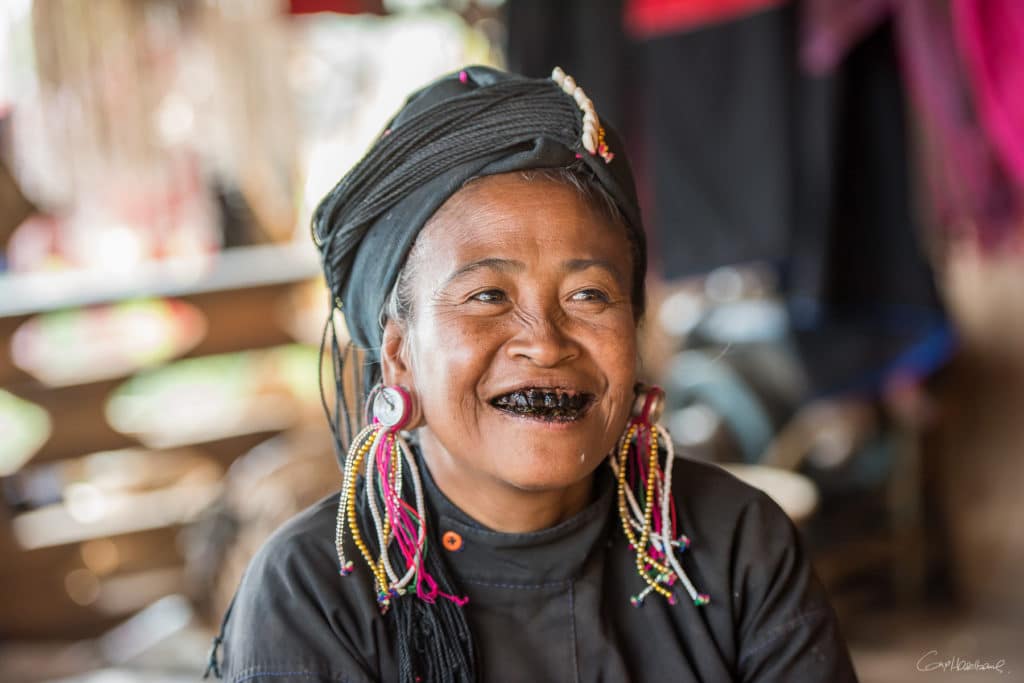
Village ethnie Ann – Région de Kentung – Etat Shan
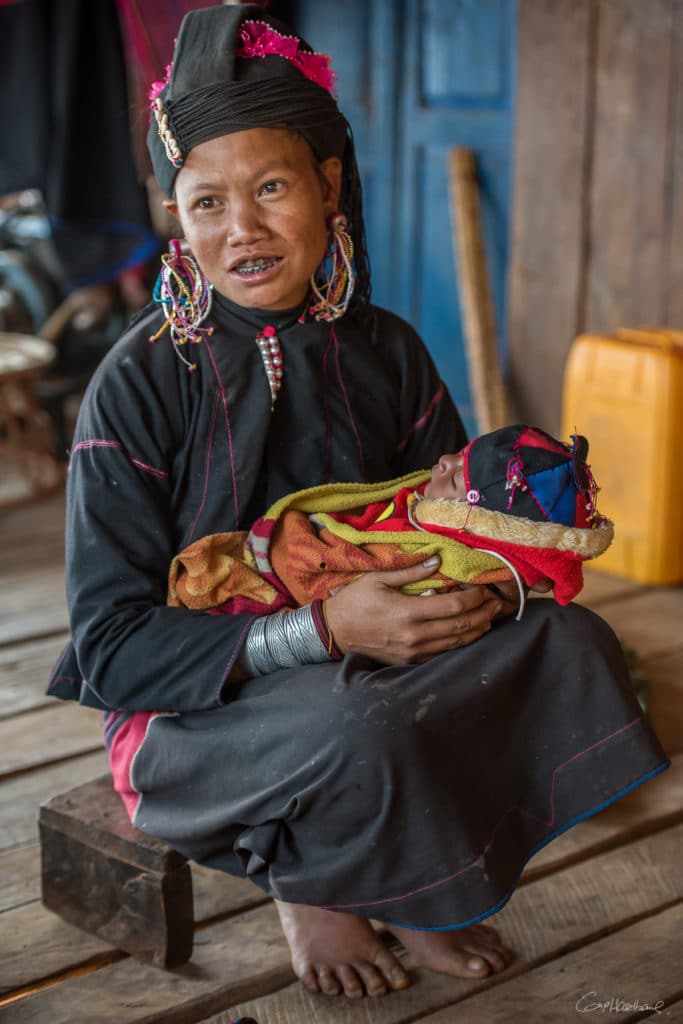
Village ethnie Ann – Région de Kentung – Etat Shan
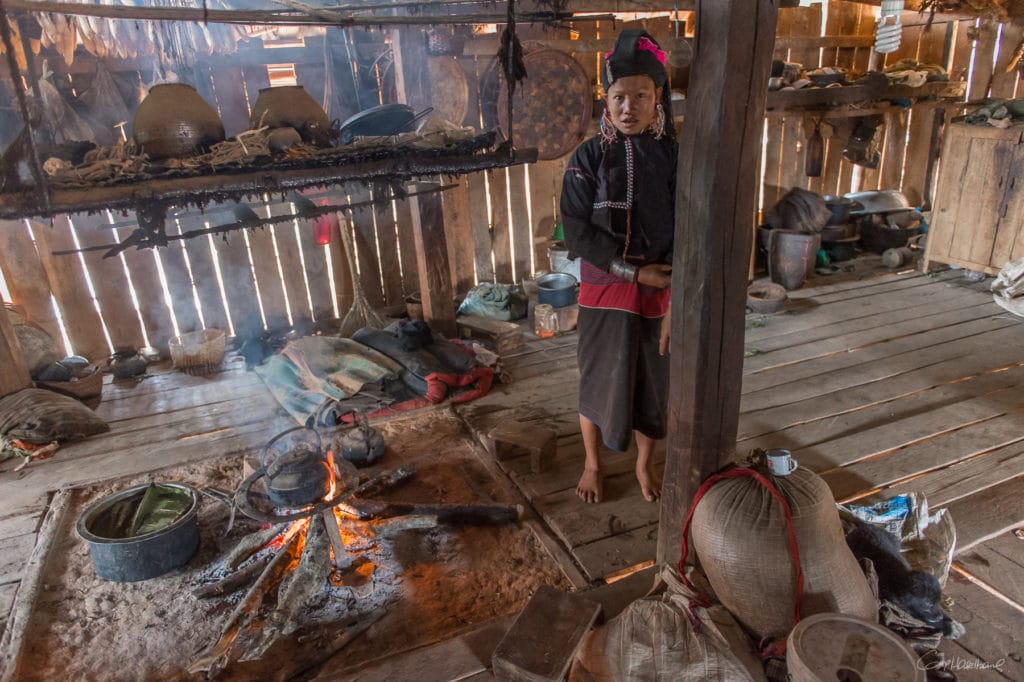
Village ethnie Ann – Région de Kentung – Etat Shan
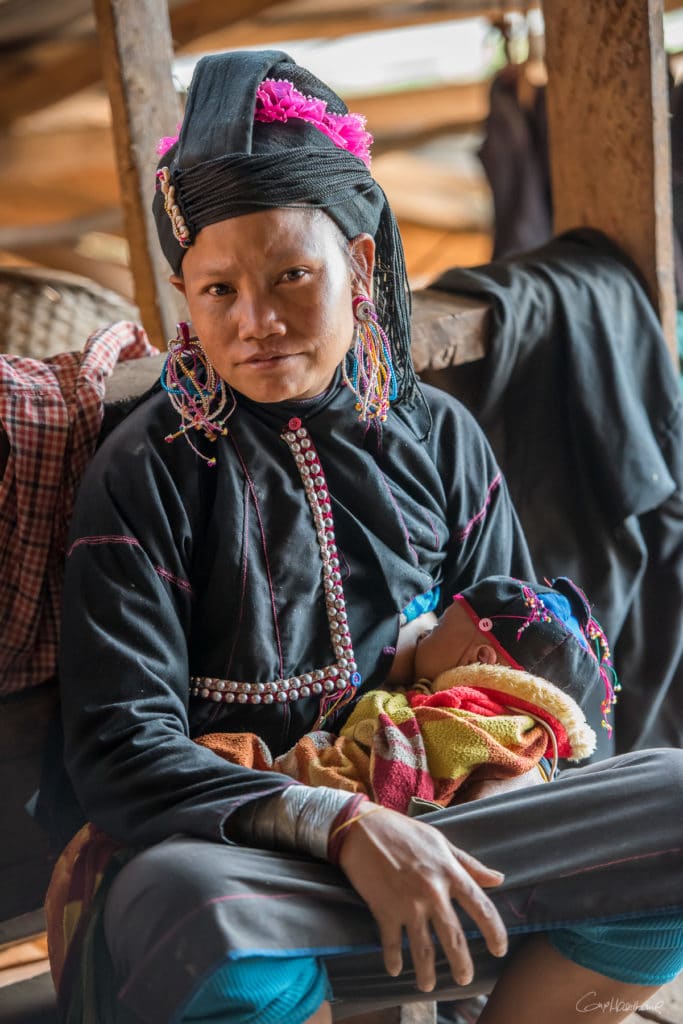
Village ethnie Ann – Région de Kentung – Etat Shan
Burma is a mosaic of ethnic minorities. Perhaps the greatest diversity in the world. 135 groups are identified and a hundred languages and dialects. Convergent assessments estimate that « ethnic minorities » (appellation that encompasses all groups not belonging to the majority ethnic Burman) represent about one third of the population of 55 million inhabitants in the country.
In Shan state to the gates of Kentung live several ethnic groups including Ann. The people are animist, it believes in spirits and unknown writing.
Teeth black women are surprising. They are covered with indelible paint, harvested from the sap of a tree. Another mark of distinction for contributions to other ethnic groups in the region is their black clothes.
I had Encounters in 2000 on the occasion of a first trip. Nothing has changed almost. Only the roofs were covered with palm now corrugated iron. This is not a real progress in terms of « aesthetics ».
But it is always thrilling to approach a population that remains rooted in its traditions and goes away from the « modern » world.
Perhaps to preserve …

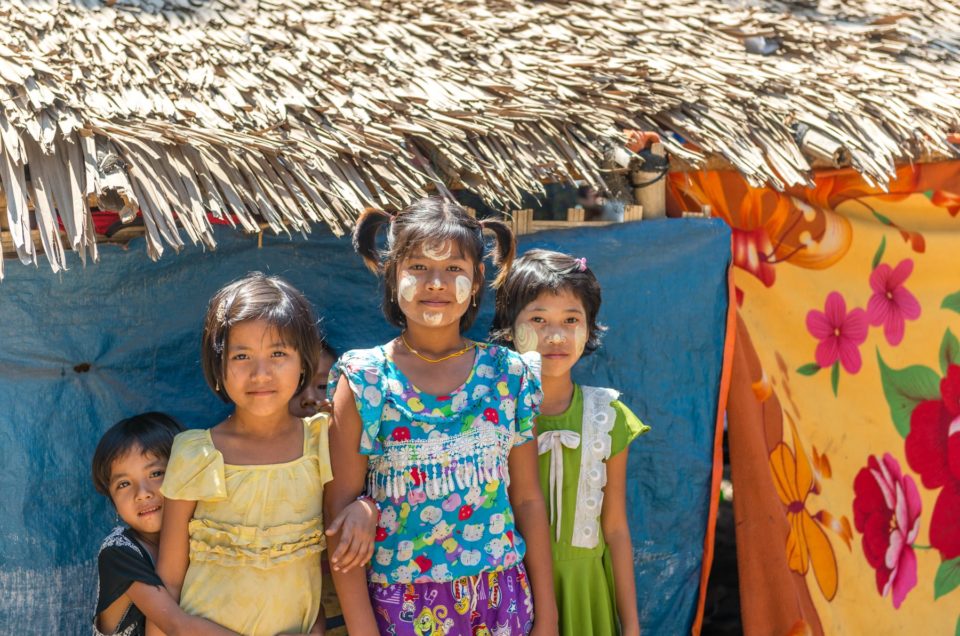
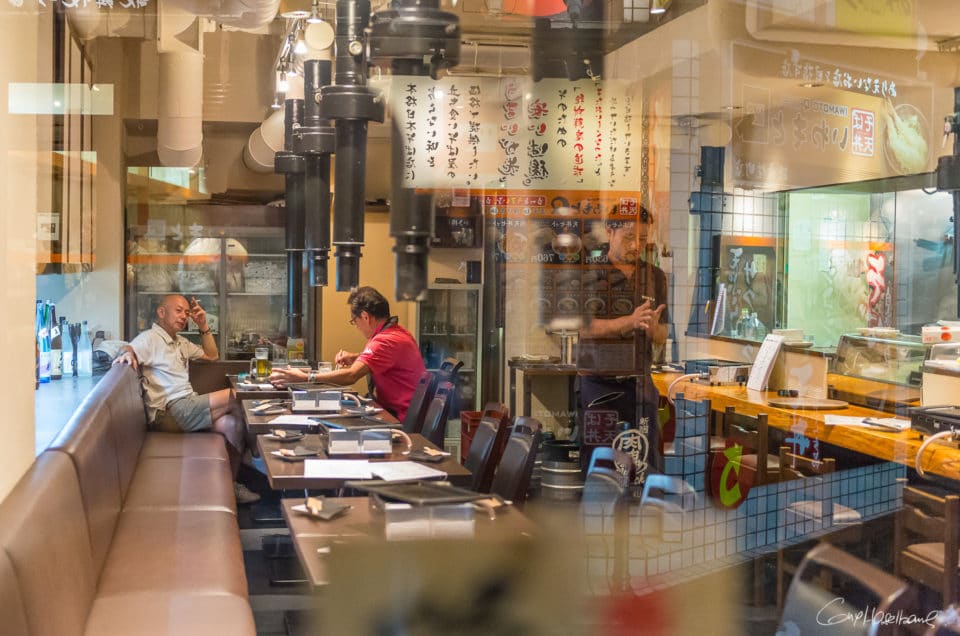

Comment
Good light